New technology and media have been the best marriage: MK Anand
MK Anand, MD and CEO, Times Network, stressed on the growing importance of English in the country and the Indian broadcast space. In his address at the recently concluded Goafest 2016, Anand highlighted the importance of the English entertainment genre for Times Network.
Anand pointed out how the advent of DTH and implementation of DAS across the country had seen the number of channels grow from 40 channels on PCS bands to 800 channels that could be sent up on the co-axial cables. Fibre optics and compression means that with the same satellite space broadcasters can today launch up to 3 or 4 times the channels that they could a decade back.
Anand also mentioned some facts and figures that reflect the importance of English:
Data reveals that in Indian broadcast, Average Monthly Reach of English language is around 208 Million (All India; All Days, 24 Hrs), out of which Times Network reaches out to 44 per cent English audiences across India. On a daily basis, the network reaches out to 11 million English viewers. Times Network reaches out to 38 per cent English audiences across India, even at 5 Minute+ Threshold.
Hollywood films have started challenging Bollywood films in India in terms of theatrical business, especially since 2015. Films like ‘Furious 7’, ‘Avengers – Age Of Ultron’, ‘Jurassic World’, ‘Batman vs. Superman - Dawn Of Justice’, etc., have opened higher than many big ticket Hindi releases. The audiences are getting increasingly aware that the best content may be available in a language that’s not their primary language, and are willing to go for quality over language.
Knowing functional English is becoming an important criteria in groom and bride selection in arranged marriages in urban India today, as well as a strong benchmark of aspiration and social status in lower SECs. Hence, English medium education is gaining more importance than ever before. Parents of lower NCCS (CDE) are willing to cut on expenses and take loans to admit their children in English medium schools today.
In a digital content understanding study conducted by Times Network last year, it emerged that social media is becoming a great language leveller – it is creating a ‘natural inclusion’ of the English language in our culture, whereby even the most uninitiated are now using the language.
In an EMC study conducted recently, 79 per cent of regular EMC viewers said they find subtitles on English movie channels extremely useful, because it helps them not just follow the content better but also improve their language. India is (perhaps) the only country in which English content on TV is subtitled in English.
In conversation with AdGully, MK Anand speaks about how new technology is spurring the growth of the broadcast sector and how broadcasters can tap new media.
AdGully (AG): Please tell us about your plans to launch new channels.
MK Anand (MKA): We have three licences and we are going to activate those three licences, but we have not really chosen what we would finally go with. So, it’s a little premature to say which genres we would go for, but the launches will happen within this financial year. They would be in the English language space.
AG: How do you think broadcasters are building on an effective digital economy?
MKA: I think new technology and media have been the best marriage. In the next five years, I would see new media more active in broadcasting.
AG: What about plans for the OTT segment?
MKA: There are certain inherent benefits of each media type, specifically VOD means you known what you want to watch, whereas linear television has a serendipity value to it, you just stumble upon content. It has its own differentiation and advantages. I think both will stay, but broadly if you ask me over 2016 to 2019 there would be growing impact of OTT and VOD players. Will that be debilitating or negative to our business? No.
AG: What kind of content strategy do you see broadcasters taking to combat the growing clout of the OTT segment?
MKA: I would not use the word combat, there is always adapting. I would look at what potential the new technology offers me to improve my operation than wonder about how that new monster is going to eat me. We should look at how new the technology of VOD, OTT, linear TV can be harnessed by my channels. We are almost a million downloads in a year on our Times Now app. We are in the advanced stage of finalisation of our Zoom app and ET Now app. And in the next quarter or so those two apps should be launched. Our live feeds are already available on Timesofindia.com, Indiatimes.com, etc.
The consumer touchpoints that Times Now, for instance, has with digital consumers is about four or five times bigger than its own broadcaster business. So, viewership of broadcast x 5 = the viewership of digital + social for us. So, would we look at it as a different target for us? No. We are probably so big because they are so big on Twitter and Facebook. Times Now or ET Now could not have been at the peak had new technology not been there.
AG: What do you see as the prime growth drivers for the English genre?
MKA: Technology. Better availability of these channels in places that it was not feasible to distribute these channels. All the broadcasters are going to rural, all of us are going to LC1 – not because earlier we thought that customers were not there, customers are always there, but there was nobody to finance us to go there, because advertisers did not want it, subscribers were not ready to pay and we had to pay the carriage fee. So why would we go there? It was negative to our business.
But today, because distribution has become cheaper, because MSOs have consolidated; so if you do a deal with one MSO, for example, GTPL or Hathway – and Hathway has its signals going right up to say Kannauj in Uttar Pradesh or Dholka (a small hamlet in the interiors of Gujarat with population of 5,000) – you get the viewership there. All this is because technology made it cheaper for me. And what are the technologies? One is the launch of DTH around 10 years back; secondly, digitisation and set top box, first as a technology and then as a mandate; thirdly, technological developments like Mpeg4, which are compression formats. All of these are leading to costs going down.





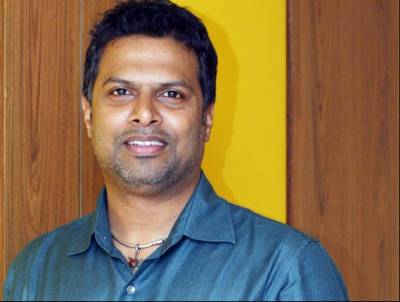
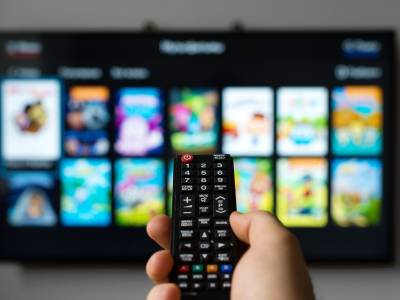
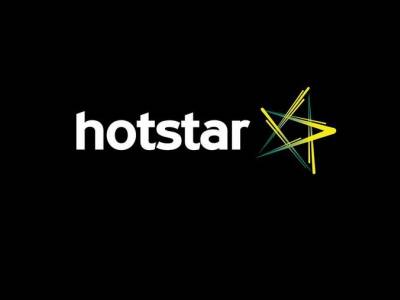
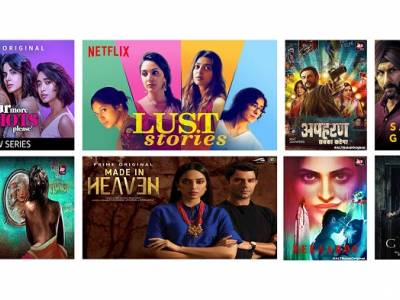
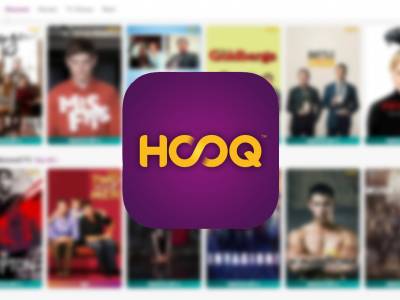
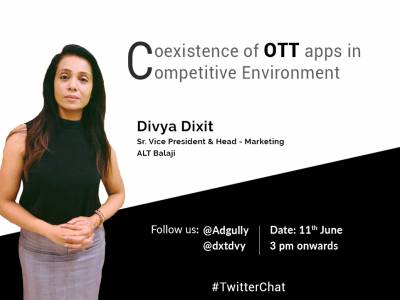
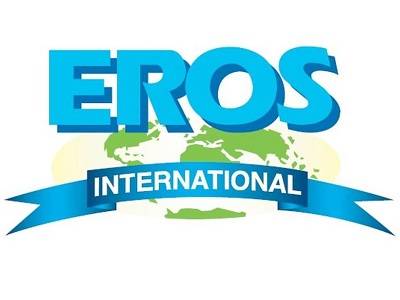
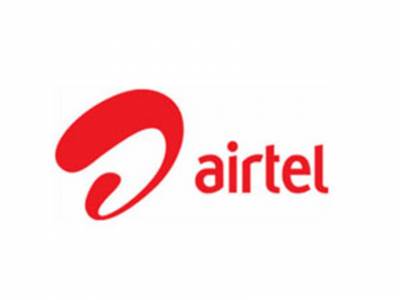
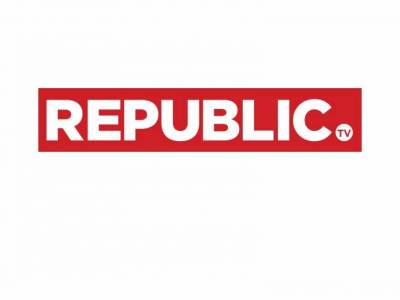
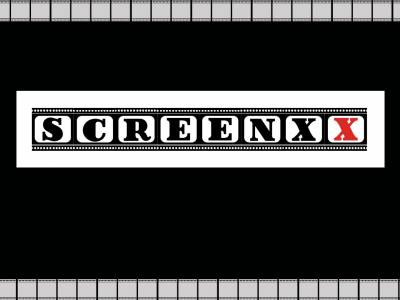
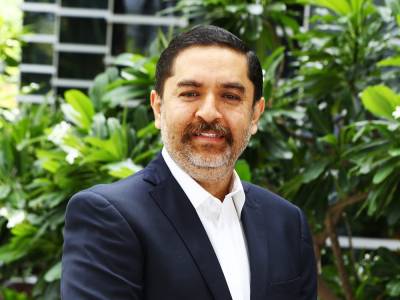
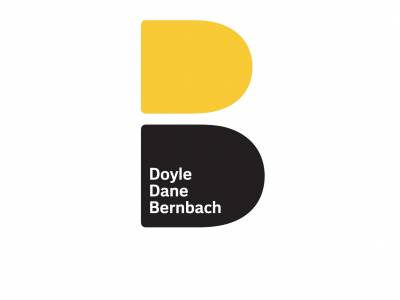
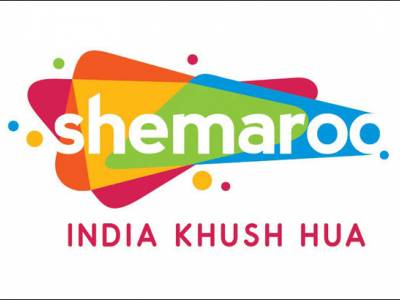



Share
Facebook
YouTube
Tweet
Twitter
LinkedIn